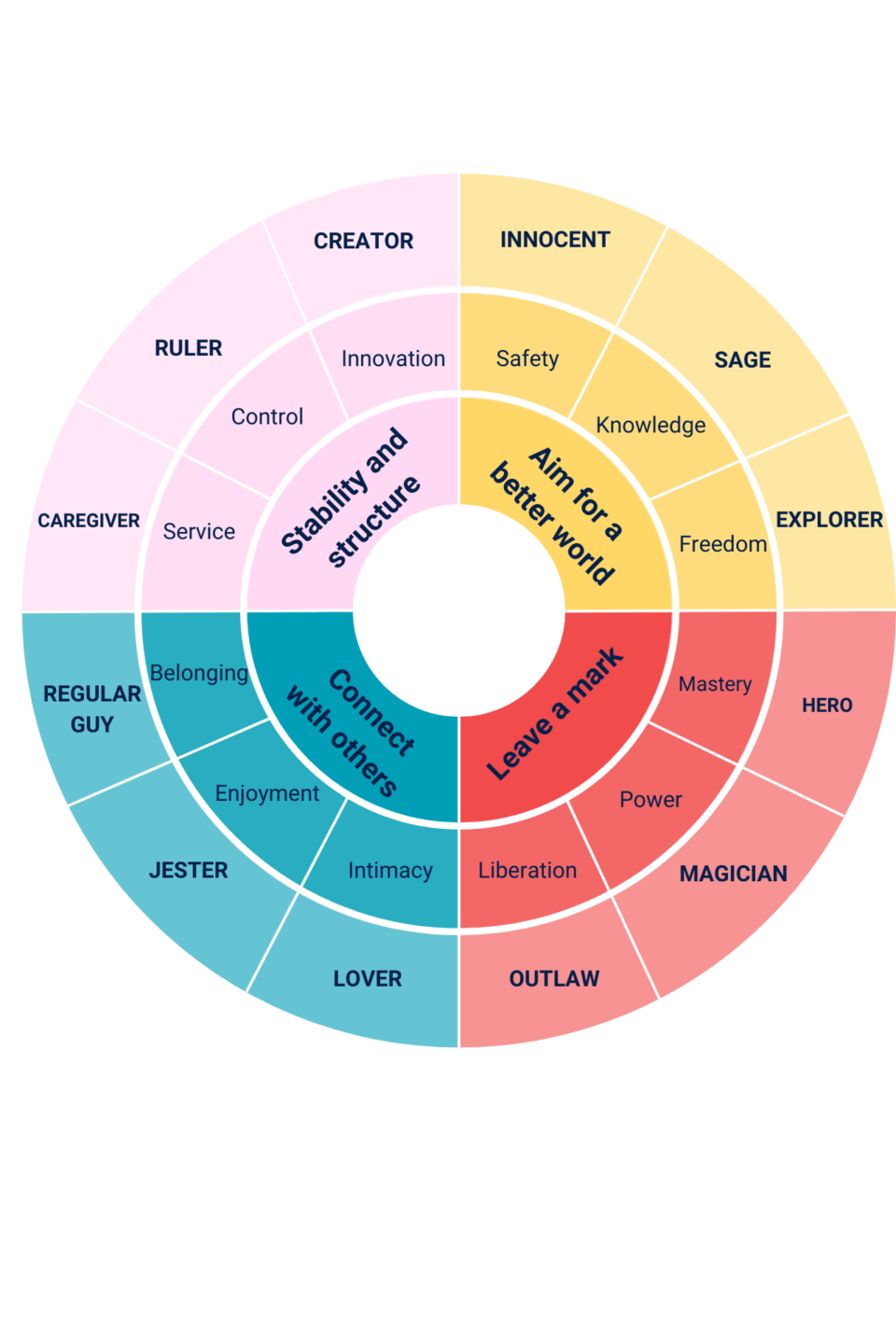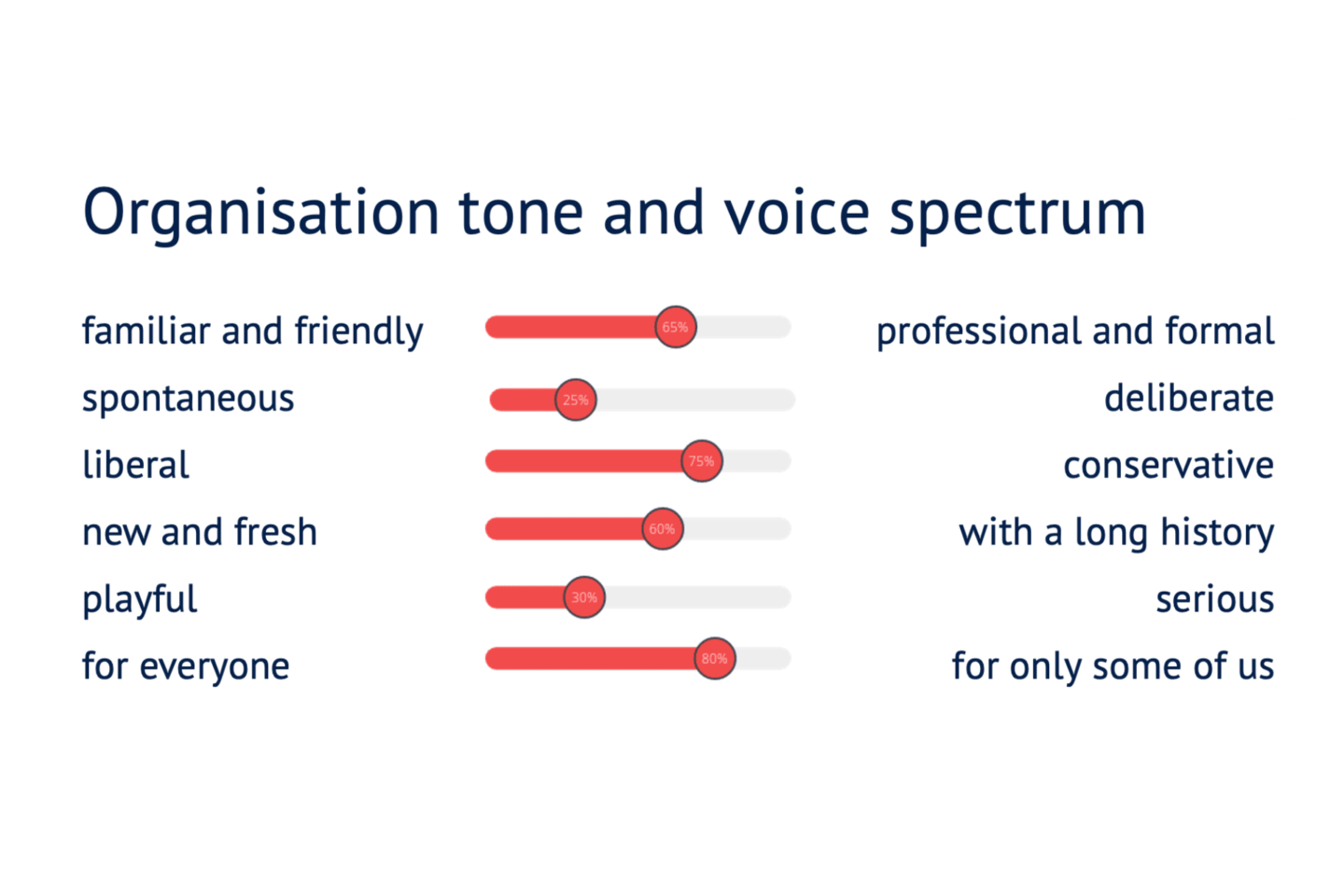What is a style guide?
A style guide is a document that sets out the text creation rules and practices of an organisation, covering aspects such as the style and formatting of the text as well as the correct use of language. The purpose of the style guide is to ensure the formal and stylistic consistency of all texts related to the organisation. The guide is created separately for each language, as language rules and practices vary from market to market. The style guide should reflect the principles essential for localisation, providing guidance for anyone involved in writing, editing or translating the organisation’s texts.
When there are no established rules for text creation, decisions regarding linguistic choices are typically made by the author, translator, editor or collaborating partner responsible for writing or translating the texts. However, stylistic preferences and perceptions of brand identity differ from one person to another and may even be contradictory. If several content creators or translators, each with their own style and terminology preferences, are involved, it often leads to texts with inconsistent language use that may not be accurate or aligned with the organisation’s image.
Introduction to the style guide
The introduction to the style guide provides an overview of what the document regulates and what its purpose is. Depending on the length of the guide, the introduction may simply consist of a concise list of regulated aspects or include a more detailed description of the purpose of the style guide in the drafting of texts.
In addition, the introduction provides information about the organisation and its main products and services. This information does not need to be overly detailed but should be comprehensive enough for the style guide user to understand the nature of the products or services and the core values of the organisation.
The introduction should also offer an overview of the target groups for the products and services. Target groups can be described in different ways, for example, on the basis of customer surveys or through personas.
Target markets
A style guide is especially important when a company operates in several markets and information materials are made available in the languages used in these markets. In such cases, the style guide should also provide a brief overview of the practices specific to these countries. This is particularly essential for ensuring that members of the communications team residing outside the target country can get an idea of which messages and visuals are appropriate to use and which are not when preparing information materials for different markets and how to correctly address the target audience. The overview of the target market may include, among other things, statistical data on the country, the company’s market share in that market, customer profiles and descriptions of popular product or service groups in the market.
Style of text
It is important for the style guide to define the style and tone of the texts produced in the organisation. What is common knowledge in the organisation may not be known to a freelance copywriter or a translator residing in another country. When defining style and tone, it is good to use a model as a basis. For instance, the model of archetypes is often used, in which organisational communication is based on universal images that most people understand in more or less the same way.
Archetype model
Carol Pearson’s archetype model is built upon Carl Gustav Jung’s concept of archetypes. According to Jung, our common unconscious contains universal archetypes that manifest in our consciousness as mythical characters, images or motifs. Based on Jung’s approach, Pearson defined twelve archetypes representing subjective core beliefs, each associated with specific values, traits and meanings. Based on Pearson’s approach, an archetype model applicable to the communication styles of brands has been developed.
According to Pearson, archetypes can be categorised into four groups.
To define the style and tone of a brand using the archetype model, the selected archetype must be presented in the guide. There can be more than one, as the same brand can be characterised by several archetypes. In addition to listing the archetypes, the style guide should also briefly describe them so that anyone preparing the organisation’s information materials, regardless of their mother tongue and cultural background, understands the style and tone to be used when creating, translating and editing texts.

Archetype table
Archetype | INNOCENT | SAGE | EXPLORER |
Keyword | Safety | Knowledge | Freedom |
Pros | Optimism, imagination, purity, resilience, the ability to inspire others and bring joy | Wisdom, experience, insight, inner need to be listened to | Curious, driven, active attitude |
Cons | Naive, physically powerless, vulnerable, sometimes overly trusting, can be easily misled or taken advantage of | Cautiousness, reluctance to join the action | Restless, unreliable, never satisfied |
Purpose | Achieve happiness or find out the truth, keep faith in miracles and keep hope alive, remain unspoiled in spirit. | Strives to reach a sense of enlightenment | Discover the unknown |
Archetype | HERO | MAGICIAN | OUTLAW |
Keyword | Mastery | Power | Liberation |
Pros | Confidence, physical / mental strength, courage, determination, talent, perseverance, honour | Strategic, disciplined, knowledge, experience, omnipotence | Resilience, resourcefulness, independent thinking, virtue, owes no favours |
Cons | Egotism, over-confidence, rigidity, hubris | Arrogance, anger | Lack of power, status and resources, self-involved |
Purpose | Save the day, overcome challenges, support and inspire, protect and lead, let justice prevail | To create order from chaos, and shape the world | To change the world and restore justice |
Archetype | LOVER | JESTER | REGULAR GUY |
Keyword | Intimacy | Enjoyment | Belonging |
Pros | Devotion, passion, selflessness, humanism | Funny, disarming, insightful | Grounded, salt-of-the-earth, relatable |
Cons | Emotional, naive, willing to sacrifice themselves for their lover | Unreliability, frivolousness, selfishness and superficiality | Lacking special powers, often unprepared for what’s to come |
Purpose | Be guided by their heart | Provide comic relief, but also speak important truths, go through life with ease | Be relatable and recognisable |
Archetype | CAREGIVER | RULER | CREATOR |
Keyword | Service | Control | Innovation |
Pros | Loving nature, selflessness, generosity, empathy, nurturing, honourable, loyal | Leadership, power, charisma, omnipotence, status, resources | Drive, creativity, vision, willpower, conviction |
Cons | Naive, vulnerable to exploitation, overly protective, lacking personal ambition or leadership | Suspicion, paranoia, aloofness, out of touch | Perfectionism, egotism, self-sacrifice |
Purpose | Help and protect, create a safe and supportive environment, make sacrifices on others' behalf | Create a legacy and bring about order and stability and gain legal or emotional power over others | To build something that leaves a legacy |
Tone and voice spectrum
Another way to define the style of an organisation’s information materials is to use the spectrum of tone and voice. This method involves placing opposing attributes or keywords at the end of the spectrum, with the scale indicating the degree to which the brand leans towards one extreme or the other.


The use of the tone and voice spectrum is a limited but often perfectly adequate method to express the core identity of a brand. The spectrum should be developed based on the brand’s values, target audience and the desired image.
Grammar
The grammar section of the style guide includes recommendations for sentence structure, such as guidelines for sentence length, preferences for complex sentences and suggestions for paragraph length. The English style guide should also lay out rules regarding the use of articles, specifying which key terms of the organisation require the use of an article and which do not. Moreover, the style guide contains rules for the use of uppercase and lowercase letters in names and titles associated with the organisation.
Formatting of information material
The style guide outlines the principles for formatting internal materials, clarifying, for example, which typeface, text size, line spacing and list style to use in different documents. This also extends to the formatting of dates and times, which can vary from country to country. The international standard recommends using the 24-hour format and separating hours and minutes by a colon, for example, 14:30. Using this format in internationalised texts is also appropriate.
Furthermore, the grammar section includes guidelines for writing numerals, fractions and multi-digit numbers. The guide also explains how to format currencies in different markets, including which name to use, whether the initial letter should be uppercase or lowercase and whether to use an uppercase or lowercase abbreviation.
The guide also outlines conventions for using bold text and italics, as well as rules for underlining text. Additionally, it may specify principles for using quotation marks, round brackets and square brackets.
In today’s social media age, it is also appropriate to establish rules for the use of emoticons in a style guide, specifying, for example, in which texts emoticons should be used and in which they should not. The style guide may also include a list of permitted and recommended emoticons.
Gender and level of formality
In the English language, gender-neutral texts, where the pronouns ‘he’ and ‘she’ are replaced by the word ‘they’, are becoming increasingly common. Therefore, if the specific language is not gender-neutral, the style guide is the ideal place to specify whether to refer to the user of the product or service with a male, female or gender-neutral pronoun.
The style guide also sets out the level of formality. For example, in Finnish, it is customary to address the reader with the informal ‘you’, while in Russian, it is more common to use the formal ‘you’, whereas in English, the word ‘you’ does not specify the level of formality of the address.
Rules specific to the organisation
If an organisation uses a significant number of abbreviations, the style guide should include a list of approved abbreviations along with the principles governing their use. If the texts are technical and involve numerous units of measurement, the style guide should include a list of recommended units and conversion rules. An organisation that publishes frequently should set out referencing rules in a style guide to ensure that authors and editors follow the same referencing logic. Moreover, a company operating in the financial sector should include conversion rules in the style guide.
Design of information materials
A more comprehensive style guide also provides instructions for portraying the company’s visual identity. For instance, it outlines the rules for logo usage and clarifies which symbols, typefaces, icons, colours, photos and graphics are suitable for use in different target markets.
Preparation of a style guide
The length of the style guide can vary from one page to tens of pages. To create a good style guide, it is important to keep the following principles in mind.
- The shorter, the better
The style guide should contain everything relevant to the company’s communication, but avoid unnecessary details. Only the most important information should be included, so that the style guide is not too long. The information should be condensed and presented in a format that is easily understandable.
- The style guide should be regularly updated
A style guide is not a document that is created once and then forgotten. Its content should be reviewed every one to two years and updated as needed. The world, society, people and organisations are continuously evolving. Therefore, what is considered the norm today may not be the norm in three years’ time.
- Enlist the help of an external partner to create a style guide
Undoubtedly, the organisation’s own employees are the most familiar with its day-to-day operations, communication and the products and services it offers. Nonetheless, an external partner can also point out important issues for users of the style guide who are not yet fully acquainted with the organisation’s communication standards. These users could include new employees, employees from other departments, translation agencies or freelance copywriters who, by reading the style guide, can quickly familiarise themselves with the company’s communication principles and commit themselves from the outset to promoting its communication.
If you need help creating a style guide, feel free to reach out to Transly Translation Agency.
